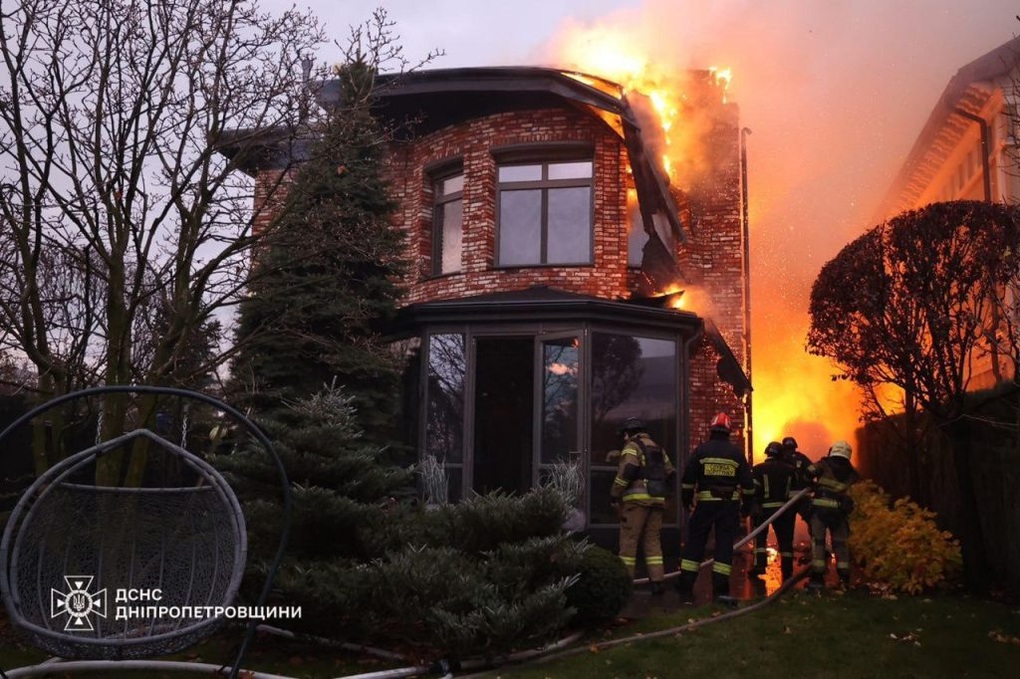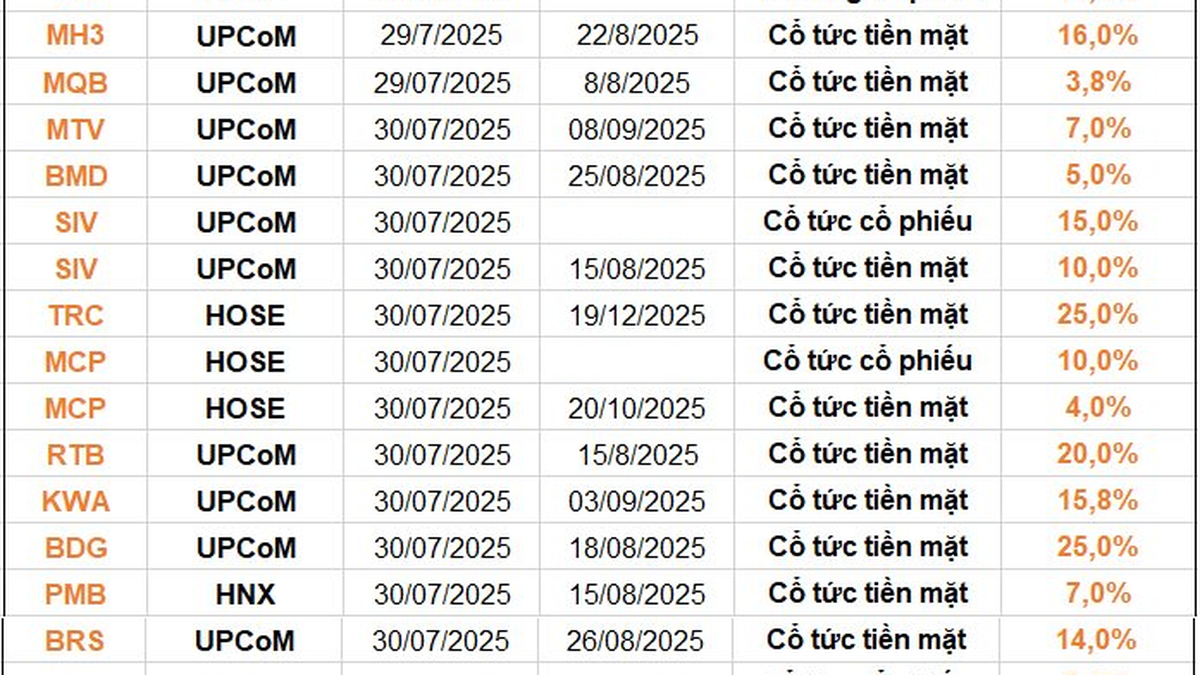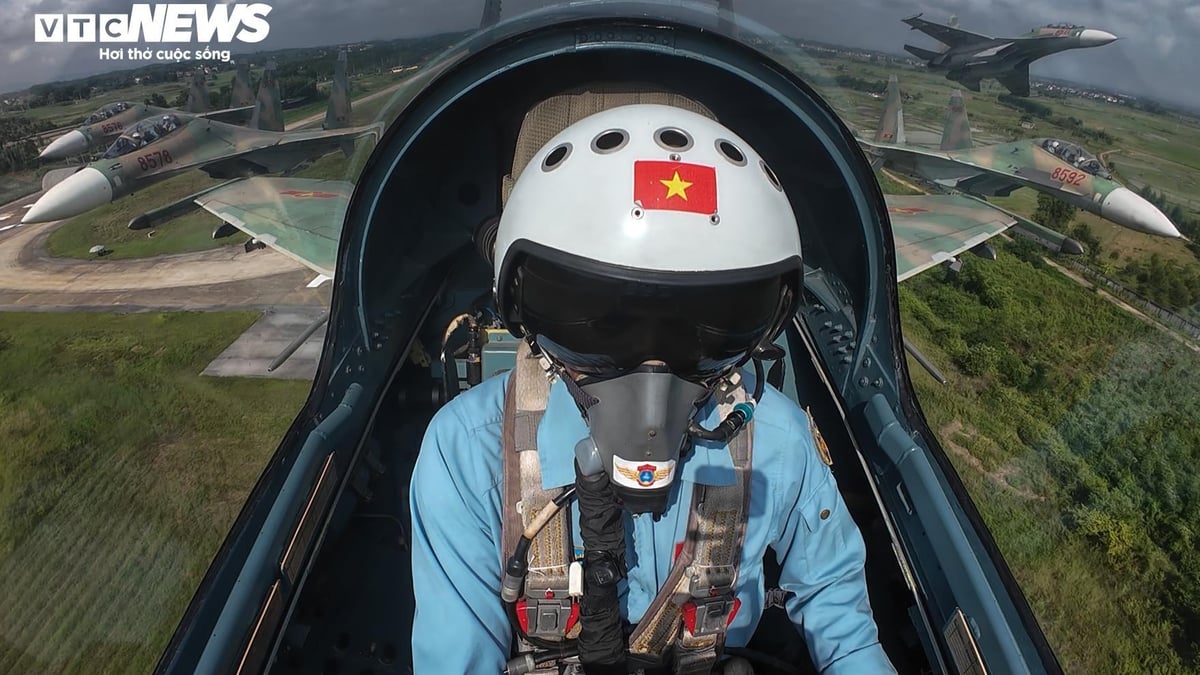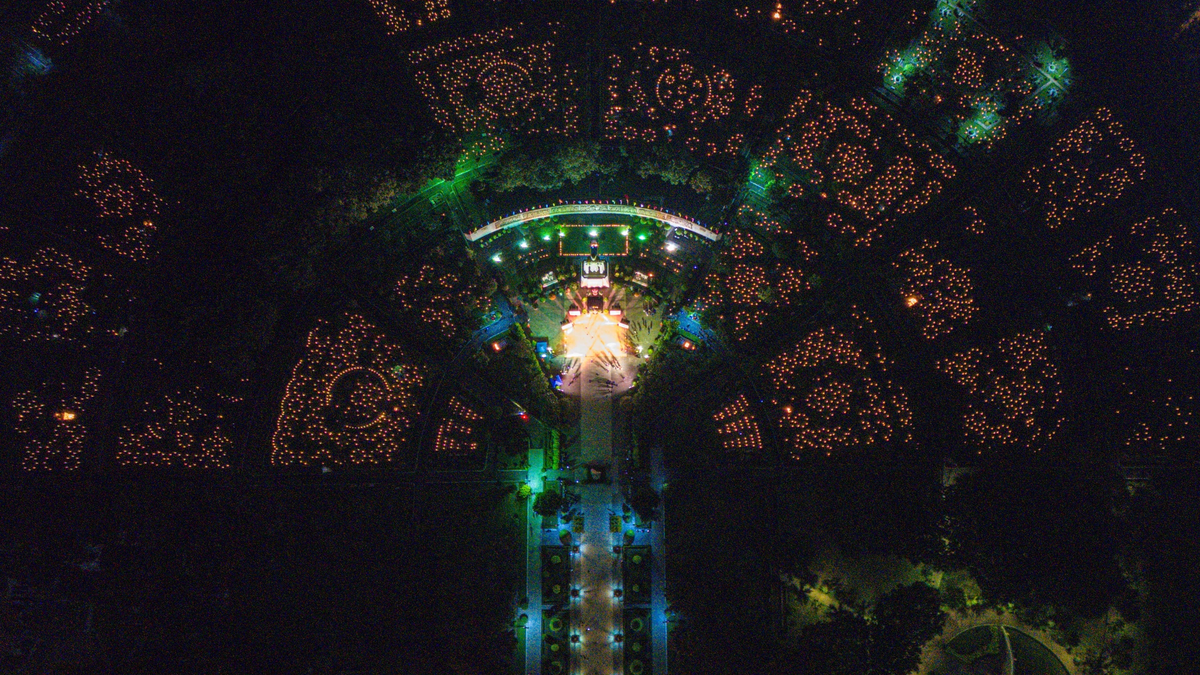(Dan Tri) - The Institute for the Study of War (ISW) believes that Russia's plan to deploy the Oreshnik ballistic missile system in Belarus may not increase the risk of an attack on Ukraine or NATO countries.

The scene of the fire after Russia launched an Oreshnik missile into the Ukrainian city of Dnipro (Photo: Getty).
On December 6 in Minsk, Russian President Vladimir Putin and Belarusian President Alexander Lukashenko signed a treaty on new security guarantees within the framework of a meeting of the Supreme State Council of the Union State.
During the meeting, Mr. Lukashenko called on Russia to deploy the new generation Oreshnik medium-range hypersonic missile to Belarus and proposed that Belarus would have control over missile targeting from its territory. In addition, the Russian military will continue to operate the Oreshnik system in Belarus.
In response to the call, the Russian President said that the Oreshnik missile system could be deployed in Belarus as early as the second half of 2025.
In November, Russia used Oreshnik missiles against Ukraine after the administration of US President Joe Biden allowed Ukraine to fire ATACMS tactical missiles deep into Russian territory.
Mr. Putin described Oreshnik as a medium-range missile system equipped with hypersonic technology that can reach a maximum speed of Mach 10. The Oreshnik system has a long range, high accuracy and can penetrate advanced missile defense systems.
However, despite Moscow’s strong statements about the Oreshnik system, ISW experts maintain that the deployment of the Oreshnik to Belarus does not significantly increase the immediate threat of intermediate-range ballistic missile strikes on Ukraine or NATO countries. This argument is supported by the following.
First, according to these experts, the Russian military has long had nuclear weapons on the continent. At the same time, the Kaliningrad region has the ability to strike targets in Ukraine and NATO. Russian forces regularly fire Iskander ballistic missiles capable of carrying nuclear warheads, Kinzhal hypersonic ballistic missiles and Kh-101 cruise missiles also capable of carrying nuclear warheads into Ukraine.
The Pentagon said the Oreshnik is not an entirely new weapon, but an improved version of Russia's RS-26 Rubezh missile, an intercontinental ballistic missile that has been tested since 2011.
In addition, strategically, experts say Moscow appears to be using the missile system to send a warning that it could use nuclear weapons against Ukraine.
Mr Putin has sought to set a series of “red lines” for the US and NATO when it comes to supplying weapons to Ukraine. As such, the deployment of the Oreshnik system could be part of Moscow’s response to Ukrainian attacks on Russia with US-supplied ATACMS and UK-supplied Storm Shadow missiles.
In addition, technical details about the Oreshnik are still limited. On December 6, while discussing the feasibility of deploying Oreshniks in Belarus, President Putin said that the Oreshniks are still under development and that there are currently very few of them.
Some experts say it is still unclear whether it is capable of carrying a nuclear warhead.
There is still no exact answer to when, how many Oreshniks missiles may appear in Belarus and what their threat potential will be.
But some scholars are less optimistic. Jeffrey Lewis, a nonproliferation expert at the Middlebury Institute of International Studies, said the Oreshnik would also have real military potential in Russia’s war in Ukraine. With a maximum speed of at least Mach 10, the weapon would also fly significantly faster than most air defense and missile systems could intercept.
Timothy Wright, a Russian missile expert at the International Institute for Strategic Studies, assessed Russia's launch of the Oreshnik missile into Ukraine on November 21: "If Russia did not notify before launching, the US would be extremely concerned. Because, you know, there is always a nuclear shadow over this conflict."
Source: https://dantri.com.vn/the-gioi/chuyen-gia-noi-ve-rui-ro-neu-nga-dua-ten-lua-oreshnik-den-belarus-20241207212205524.htm



































































































Comment (0)